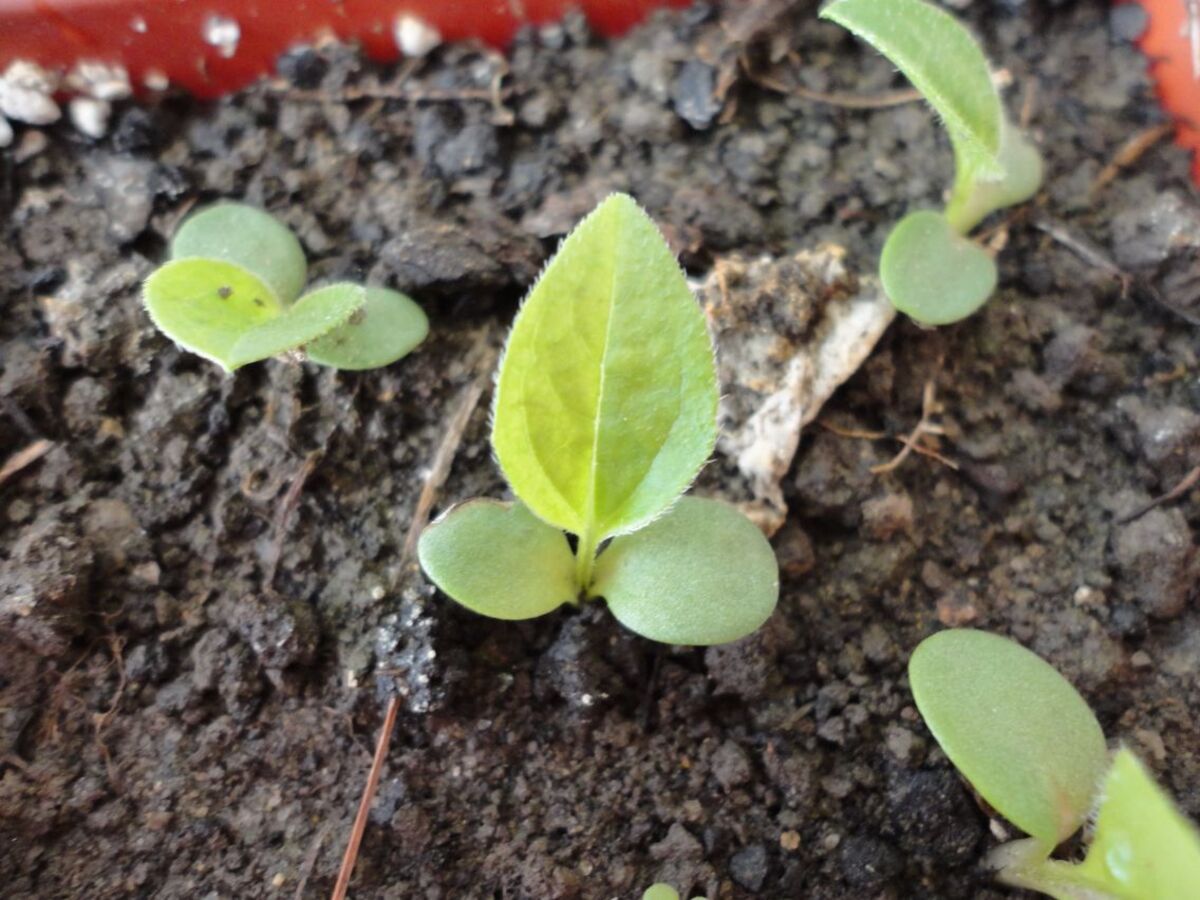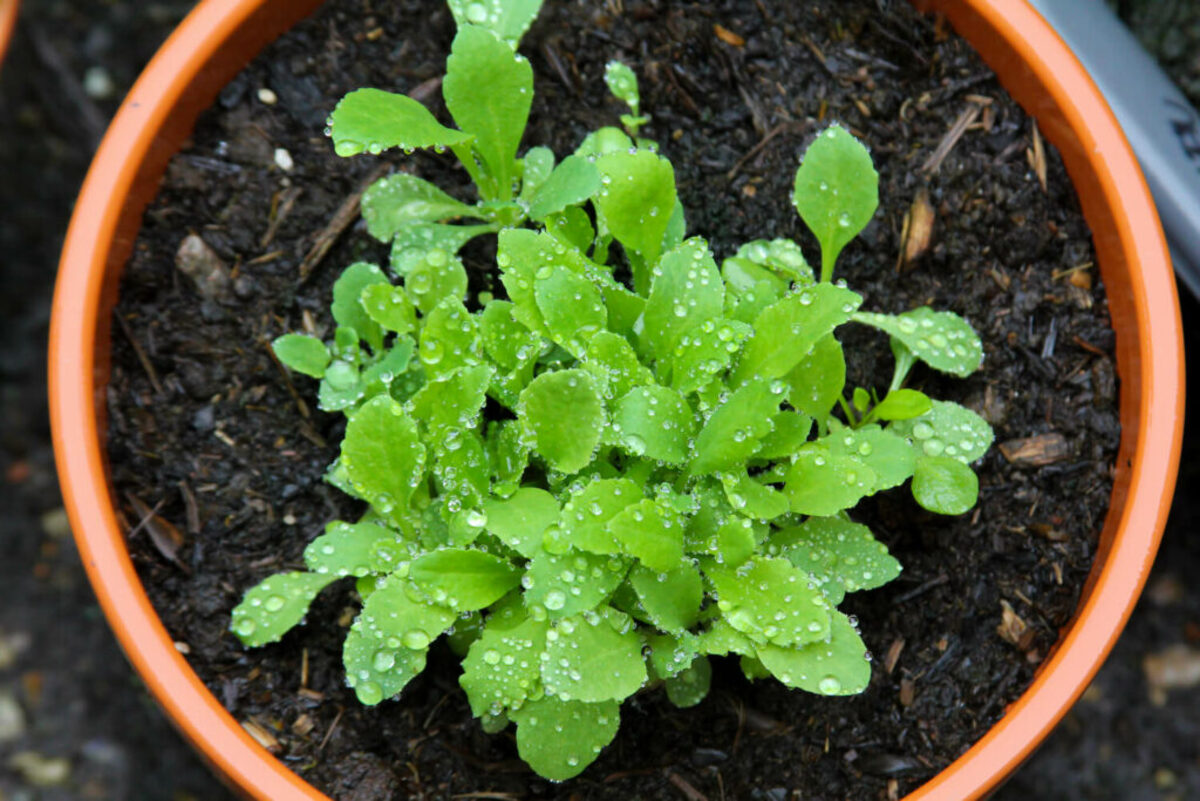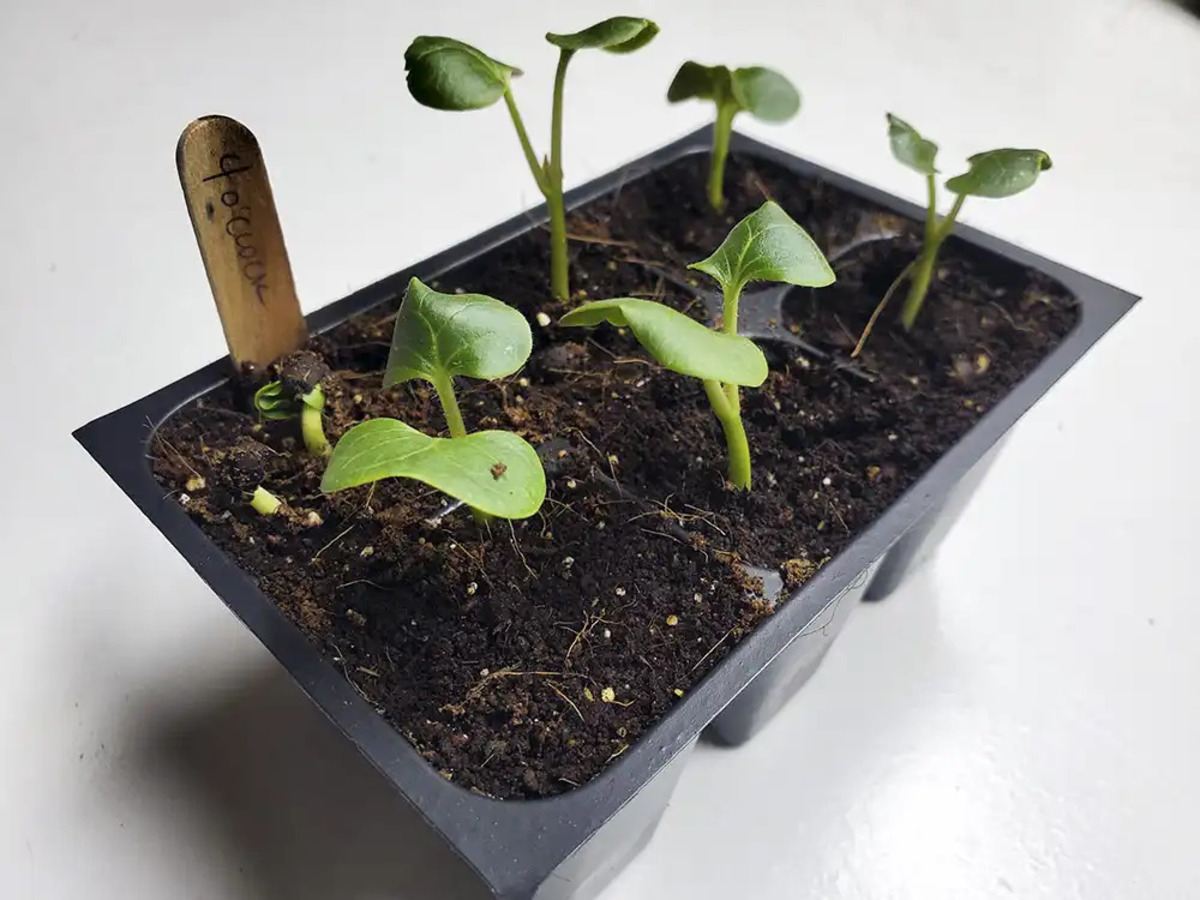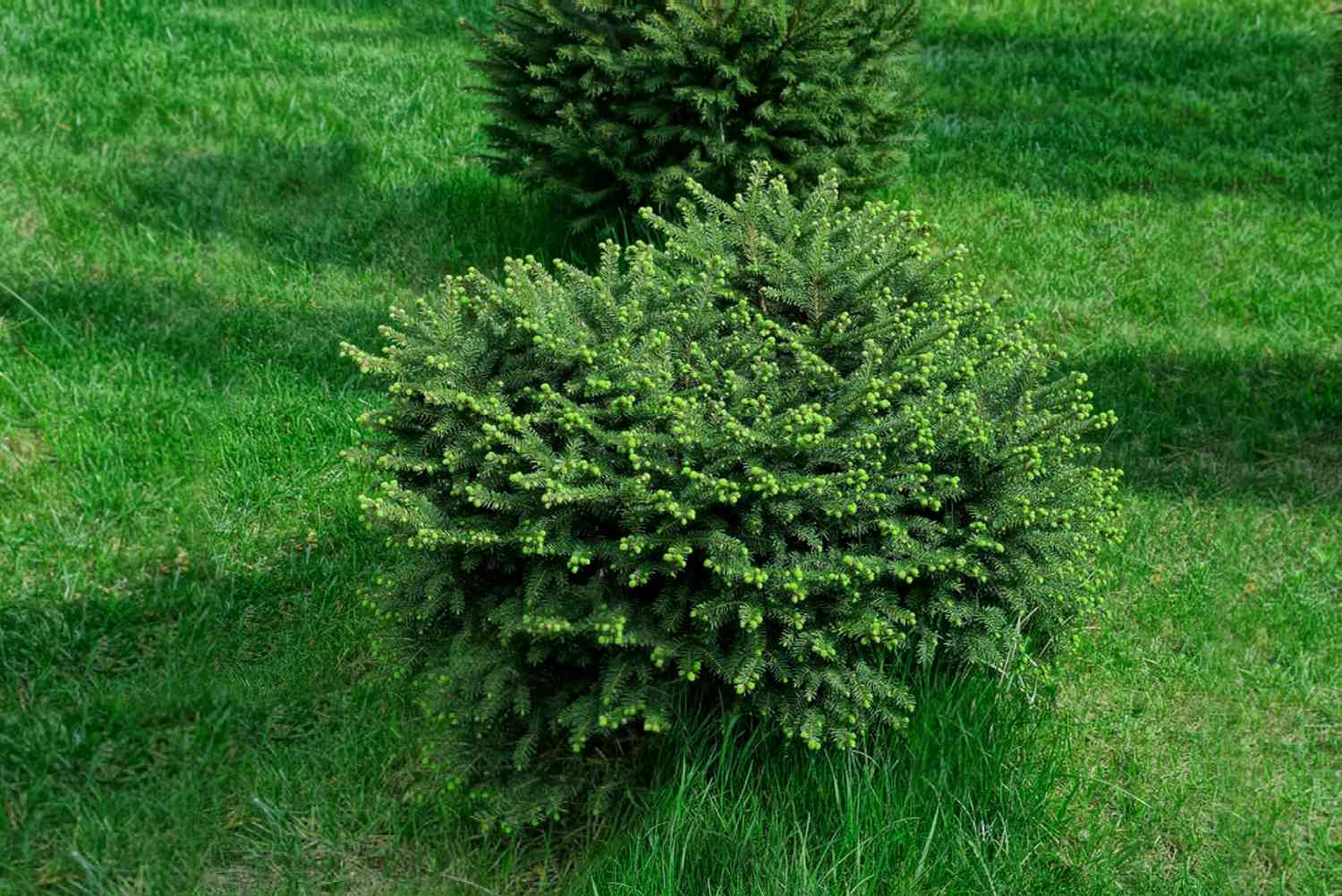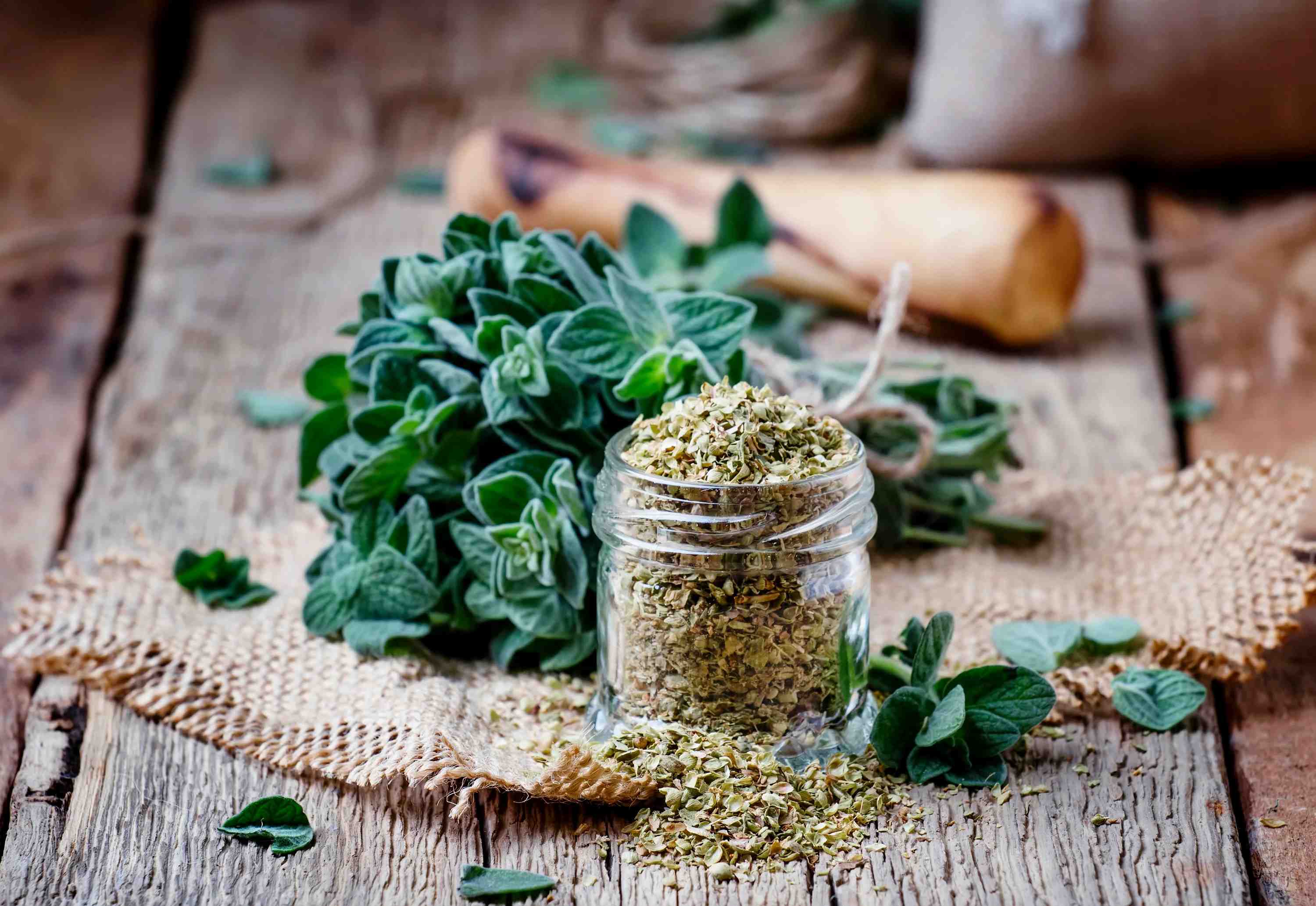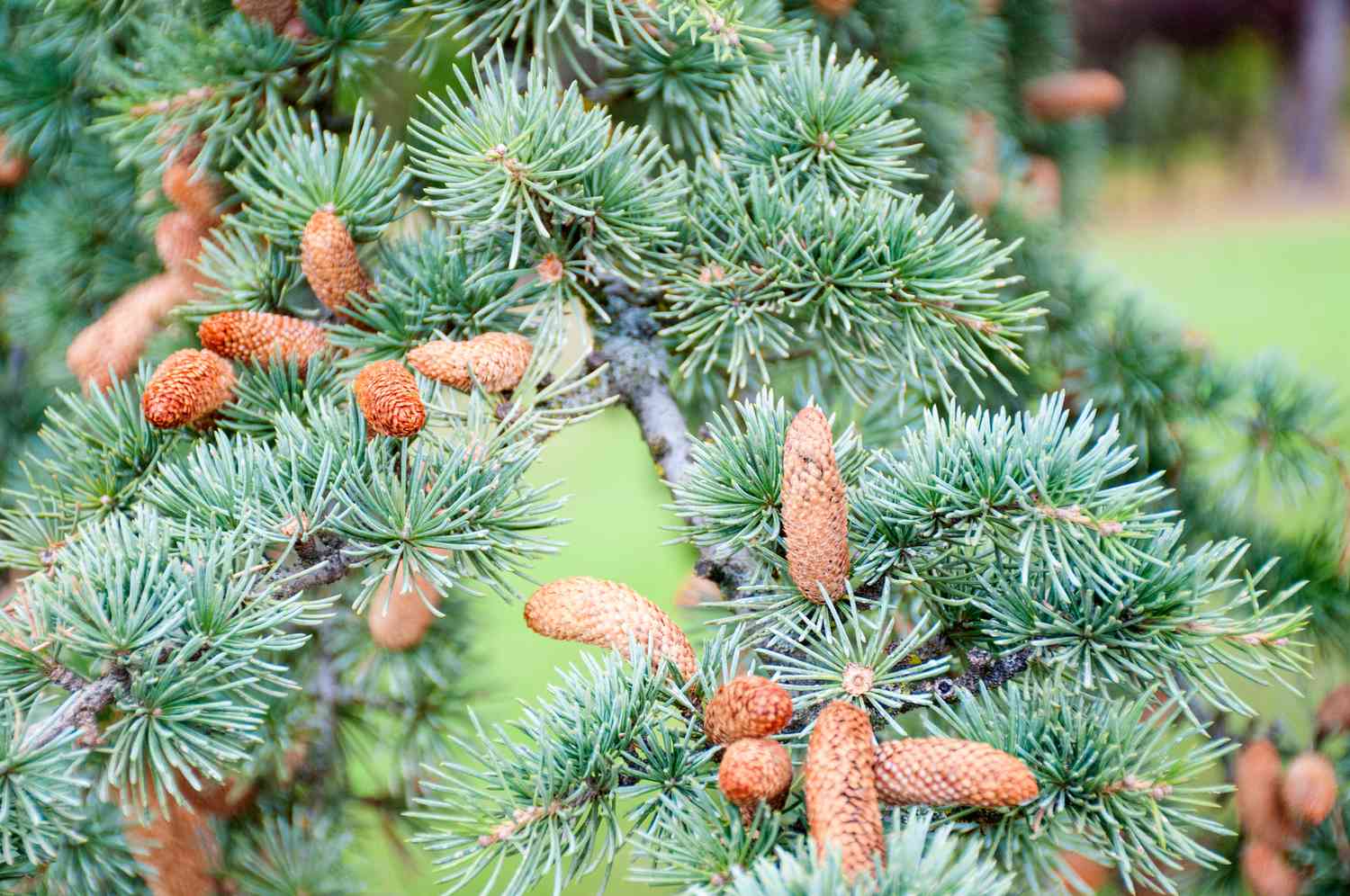Home>Types of Gardening>Edible Gardening>What Do Sweet Pepper Seedlings Look Like
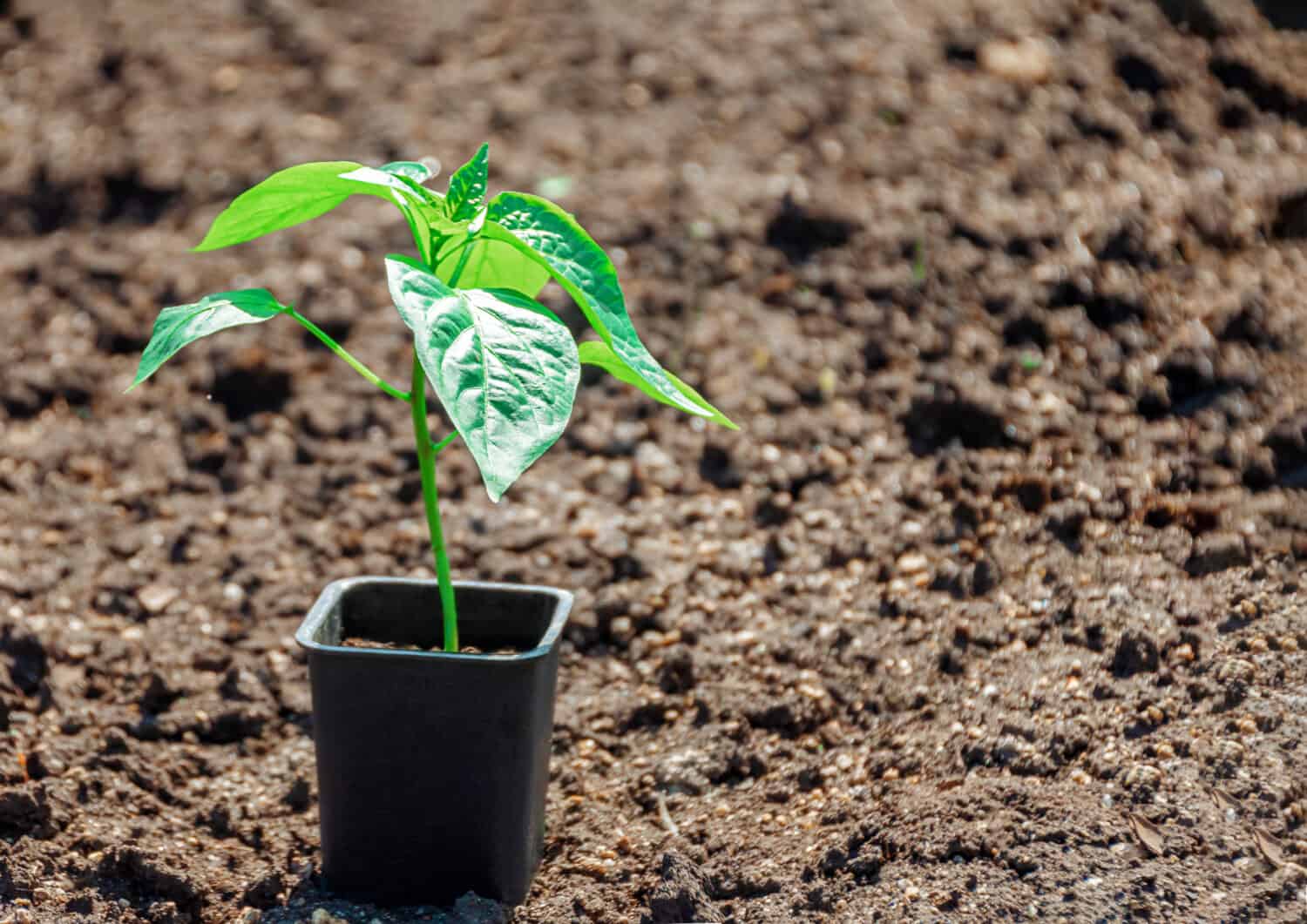

Edible Gardening
What Do Sweet Pepper Seedlings Look Like
Published: January 4, 2024
Learn how to identify sweet pepper seedlings in your edible garden. Discover what they look like and how to care for them as they grow.
(Many of the links in this article redirect to a specific reviewed product. Your purchase of these products through affiliate links helps to generate commission for Chicagolandgardening.com, at no extra cost. Learn more)
Table of Contents
Introduction
Welcome to the wonderful world of edible gardening! If you're considering growing sweet peppers, you're in for a treat. Sweet peppers, also known as bell peppers, are not only delightful to eat but also a joy to cultivate. Watching the journey of a sweet pepper seedling evolving into a bountiful plant is a rewarding experience that connects you to the natural cycles of life.
In this article, we'll delve into the enchanting realm of sweet pepper seedlings. You'll learn about their distinctive characteristics, how to identify them, and the best practices for caring for these tender young plants. Whether you're a novice gardener or have a green thumb, understanding the early stages of sweet pepper growth will set you on the path to a successful harvest.
So, let's embark on this horticultural adventure and explore the fascinating world of sweet pepper seedlings. By the end of this article, you'll be equipped with the knowledge and confidence to nurture these delicate seedlings into thriving pepper plants, ready to adorn your culinary creations.
Characteristics of Sweet Pepper Seedlings
Sweet pepper seedlings possess distinct features that set them apart from other plants. Understanding these characteristics is essential for identifying and nurturing them effectively. Here are the key traits to look for:
- Cotyledons: Sweet pepper seedlings initially develop a pair of cotyledons, which are the embryonic leaves. These cotyledons are often heart-shaped and serve as the plant’s first energy source as it emerges from the seed.
- True Leaves: As the seedling matures, it will produce its first set of true leaves, which look different from the cotyledons. These leaves have the classic oval shape associated with mature pepper plants.
- Stem Color: The stems of sweet pepper seedlings are typically light green and may appear slightly translucent. As they grow, the stems become sturdier and take on a more opaque hue.
- Growth Habit: Sweet pepper seedlings exhibit an upright growth habit, with the stem extending vertically from the soil. The leaves emerge from the stem nodes in an alternating pattern.
- Fragility: In the early stages, sweet pepper seedlings are delicate and vulnerable to environmental stress. Care must be taken to provide them with the right conditions for healthy growth.
By familiarizing yourself with these characteristics, you’ll be well-equipped to recognize and nurture sweet pepper seedlings as they progress through their early stages of development. Now, let’s explore how to identify these tender seedlings amidst the array of plants in your garden.
Identifying Sweet Pepper Seedlings
Recognizing sweet pepper seedlings amidst the assortment of sprouting plants in your garden is a delightful skill that allows you to tend to their specific needs. Here are some tips to help you identify these tender seedlings:
- Leaf Shape: Sweet pepper seedlings’ true leaves have a distinct oval shape, setting them apart from the initial cotyledons. These leaves often exhibit a glossy texture and may feature a slightly wavy margin.
- Leaf Color: The leaves of sweet pepper seedlings typically display a vibrant, rich green color, signaling their health and vigor. Observing any discoloration or unusual spotting on the leaves can indicate potential issues requiring attention.
- Growth Pattern: Sweet pepper seedlings follow an upright growth pattern, with the stem extending vertically from the soil. The leaves emerge in an alternating fashion along the stem, providing a visually distinct arrangement.
- Fragrance: Gently brushing your fingers against the leaves and then inhaling can reveal a subtle, pleasant fragrance that is characteristic of sweet pepper seedlings. This aromatic hint offers a sensory cue for identification.
- Stem Texture: Running your fingertips along the stem of a sweet pepper seedling allows you to feel its delicate, yet resilient texture. The stem should be firm and turgid, indicating healthy growth.
By honing your observational skills and paying attention to these distinguishing features, you’ll become adept at identifying sweet pepper seedlings with ease. Now that you can pinpoint these young plants, let’s explore the best practices for nurturing them to ensure robust growth and a bountiful harvest.
Caring for Sweet Pepper Seedlings
Nurturing sweet pepper seedlings demands attentive care and a nurturing touch to ensure their successful transition into robust plants. Here are essential guidelines for tending to these tender seedlings:
- Optimal Light: Position your sweet pepper seedlings in a location that receives ample sunlight, ideally 6-8 hours per day. If natural light is limited, supplement with grow lights to provide the necessary intensity for healthy growth.
- Appropriate Watering: Maintain consistent moisture levels in the soil, ensuring it remains evenly damp but not waterlogged. Avoid allowing the soil to dry out completely, as this can stress the seedlings.
- Temperature Considerations: Sweet pepper seedlings thrive in warm conditions, with an ideal temperature range of 70-80°F (21-27°C). Protect them from cold drafts and sudden temperature fluctuations, which can impede their growth.
- Well-Draining Soil: Plant sweet pepper seedlings in well-draining soil to prevent waterlogging, which can lead to root rot. A balanced potting mix with good aeration supports healthy root development.
- Gentle Pruning: As the seedlings develop, gently pinch off any small side shoots that emerge in the leaf axils. This encourages upward growth and redirects the plant’s energy towards foliage and fruit production.
- Fertilization: Introduce a balanced, water-soluble fertilizer when the seedlings develop their second set of true leaves. Follow the manufacturer’s recommendations for dilution and frequency to provide essential nutrients for vigorous growth.
- Pest and Disease Vigilance: Regularly inspect the seedlings for signs of pests or disease, such as aphids or fungal infections. Promptly address any issues to safeguard the seedlings’ health.
By implementing these nurturing practices, you’ll create an optimal environment for sweet pepper seedlings to flourish. With attentive care and a nurturing approach, you’ll witness these tender seedlings transform into resilient plants, ready to yield an abundant harvest of vibrant peppers.
Conclusion
Congratulations on gaining a deeper understanding of sweet pepper seedlings and how to care for these delicate plants. As you embark on your gardening journey, remember that tending to seedlings is a nurturing process that requires patience, observation, and a touch of horticultural finesse.
By familiarizing yourself with the distinct characteristics of sweet pepper seedlings and honing your skills in identifying and caring for them, you’ve equipped yourself with the knowledge to foster their growth. As you witness these tender seedlings evolve into robust plants, you’ll experience the gratifying fulfillment of nurturing life from its earliest stages.
As you apply the nurturing practices outlined in this article, remember to infuse your gardening endeavors with joy and curiosity. Each interaction with your seedlings offers an opportunity to connect with the natural world and marvel at the wonders of plant growth.
So, whether you’re cultivating sweet pepper seedlings in a garden plot, containers on a sunny patio, or a cozy indoor space, may your journey be filled with the delights of tending to these young plants and the anticipation of a bountiful pepper harvest. Embrace the rhythm of nature, celebrate the resilience of seedlings, and savor the moments spent nurturing life in your edible garden.
With your newfound knowledge and nurturing spirit, you’re well-prepared to embark on this horticultural adventure and cultivate thriving sweet pepper plants, enriching your culinary creations and the natural beauty of your surroundings.
